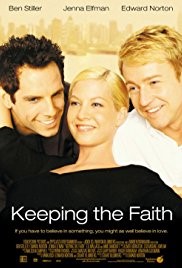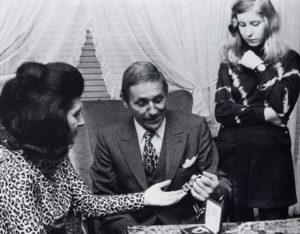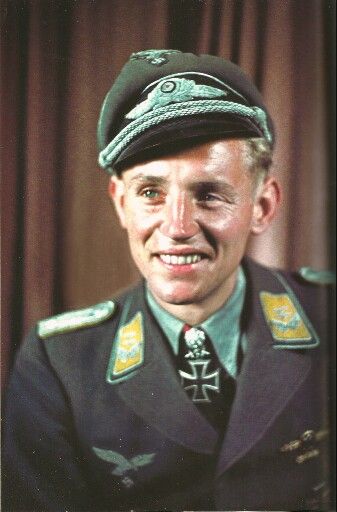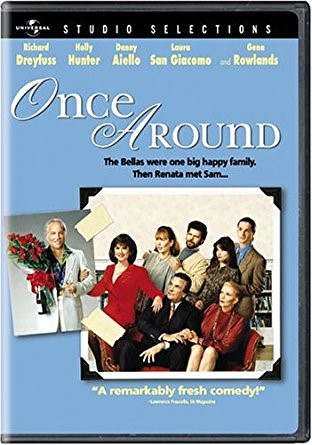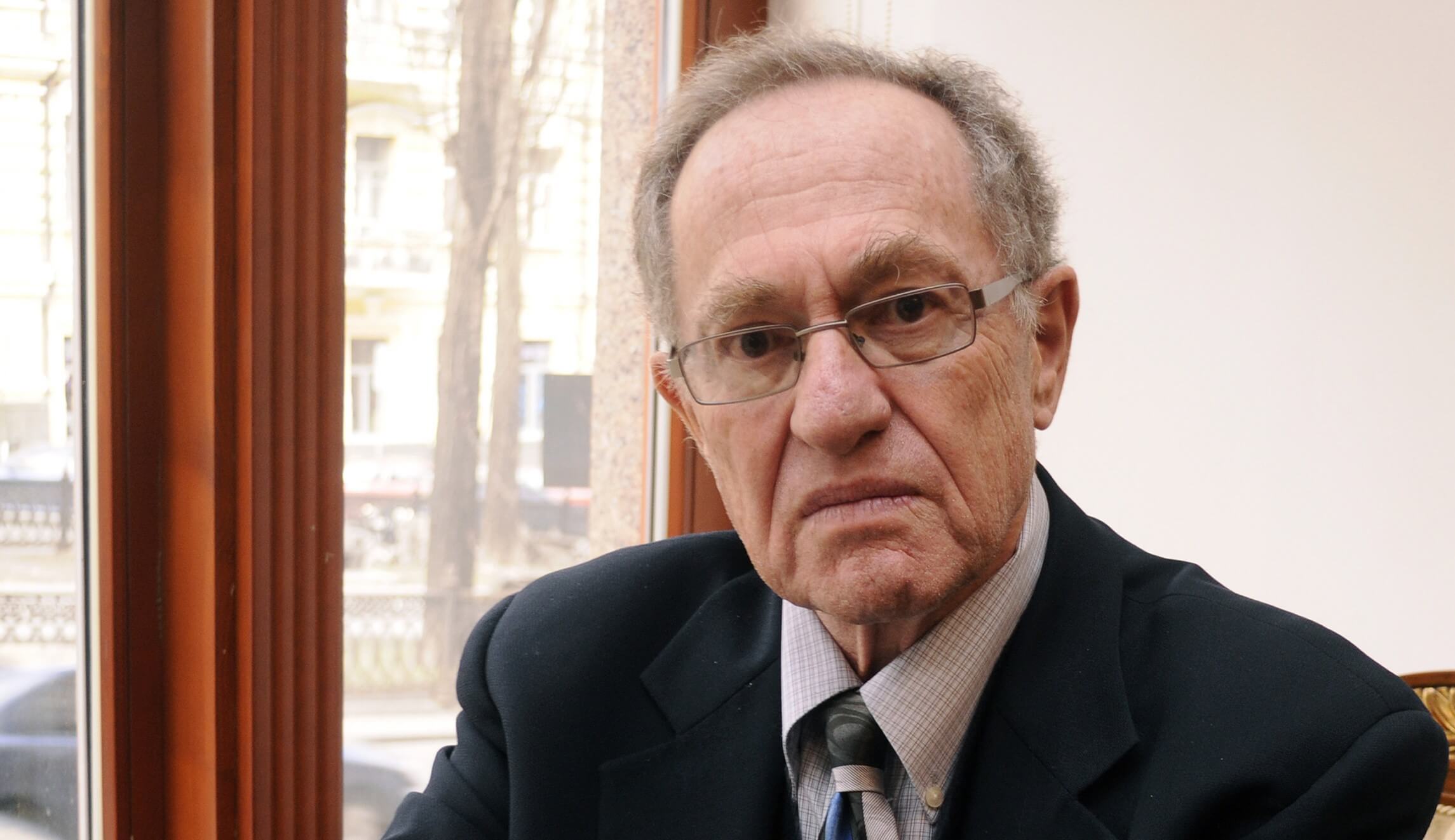Capitolo 6 di Insurrezioni culturali: EBREI, NERI, E RAZZA
Questo saggio offre una panoramica della storia delle relazioni tra ebrei e neri nel ventesimo secolo. I dati a disposizione dimostrano molto chiaramente che le organizzazioni ebraiche, come pure un numero elevato di individui ebrei, hanno contribuito enormemente al successo del movimento teso a rafforzare il potere dei neri e modificare la gerarchia razziale degli Stati Uniti. Si affronterà inoltre la più difficile questione di come interpretare le motivazioni ebraiche sottese all’alleanza tra neri ed ebrei.
È importante comprendere che gli ebrei e i neri costituiscono due gruppi molto diversi. Dall’antichità ad oggi, le popolazioni ebraiche hanno ripetutamente acquisito una posizione di potere e influenza in seno alle società occidentali. Gli ebrei ashkenaziti che dominano la comunità ebraica americana vantano il quoziente intellettivo medio più elevato tra tutti i gruppi umani e hanno dimostrato una straordinaria capacità di creare e partecipare a gruppi molto efficaci nel perseguimento dei loro obiettivi.1 Malgrado atteggiamenti antiebraici piuttosto diffusi (seppure abbastanza moderati rispetto alla norma storica), e malgrado arrivassero tipicamente come immigrati poveri, gli ebrei hanno rapidamente conquistato uno status sociale, un grado di ricchezza, potere e influenza negli Stati Uniti di gran lunga superiore alla loro importanza numerica. Il potere ebraico era già percettibile nel corso delle discussioni sulla potenziale partecipazione alla seconda guerra mondiale al fianco dell’Inghilterra; lo era perfino negli anni ’20, in occasione dei dibattiti sull’immigrazione (anche se allora gli ebrei non erano dalla parte dei vincitori). Ma tale potere aumentò drammaticamente dopo la seconda guerra mondiale, e dagli anni ’60 gli ebrei americani sono diventati un’élite capace di esercitare una notevole influenza sulla politica nazionale. Nonostante le profonde divergenze esistenti all’interno della comunità ebraica americana, si è registrato un ampio consenso su varie questioni politiche cruciali, particolarmente per quanto concerne il sostegno a Israele e la sicurezza di altre comunità ebraiche all’estero, le politiche in materia di immigrazione e rifugiati, la separazione tra Chiesa e Stato, i diritti all’aborto e le libertà civili.2
Gli ebrei convenivano ampiamente sulla solidarietà e sul sostegno per i movimenti mirati a rafforzare il potere dei neri americani, perlomeno fino agli anni ’70, quando i neoconservatori ebrei – una piccola minoranza in seno alla comunità ebraica – cominciarono a prendere le distanze da alcune delle forme più radicali della legislazione volta a promuovere gli interessi dei neri, chiedendo la limitazione del welfare e di alcune delle forme più radicali dell’azione positiva e dei diritti di gruppo per i neri. Tuttavia, in linea con la maggioranza delle organizzazioni della comunità ebraica americana, i neoconservatori sostenevano la rivoluzione per i diritti civili degli anni ’60.
I neri hanno un profilo storico e razziale completamente diverso. Nel Sud, i neri erano ridotti alla schiavitù e, in seguito all’emancipazione, la segregazione razziale diede luogo a una gerarchia razziale ben definita. Anche nel Nord i neri erano relativamente poveri e privi di potere, tuttavia, se valutati in base al QI, i neri hanno goduto lo stesso grado di successo occupazionale dei bianchi dalla fine della prima fase del movimento per i diritti civili – intorno al 1960. Da allora, secondo una valutazione del QI, è molto più probabile che un nero occupi un posto di lavoro che richiede un alto QI rispetto a un bianco avente lo stesso QI. Per esempio, in uno studio basato su dati del 1990, i bianchi che ricoprivano incarichi professionali vantavano un QI medio di 114, rispetto alla media di 94 per i neri con posizioni analoghe.3 Il QI medio dei neri è 85, una deviazione standard sotto la media degli americani bianchi e almeno due deviazioni standard sotto il QI medio di 115 degli ebrei americani.4
In linea con questa disparità in termini di QI e di successo ottenuto, le relazioni tra neri ed ebrei sono sempre state a senso unico. Gli ebrei hanno svolto un ruolo decisivo nell’organizzare, finanziare e promuovere le cause dei neri, ma i neri non hanno avuto alcun ruolo nella conduzione degli affari della comunità ebraica.5 Read more

